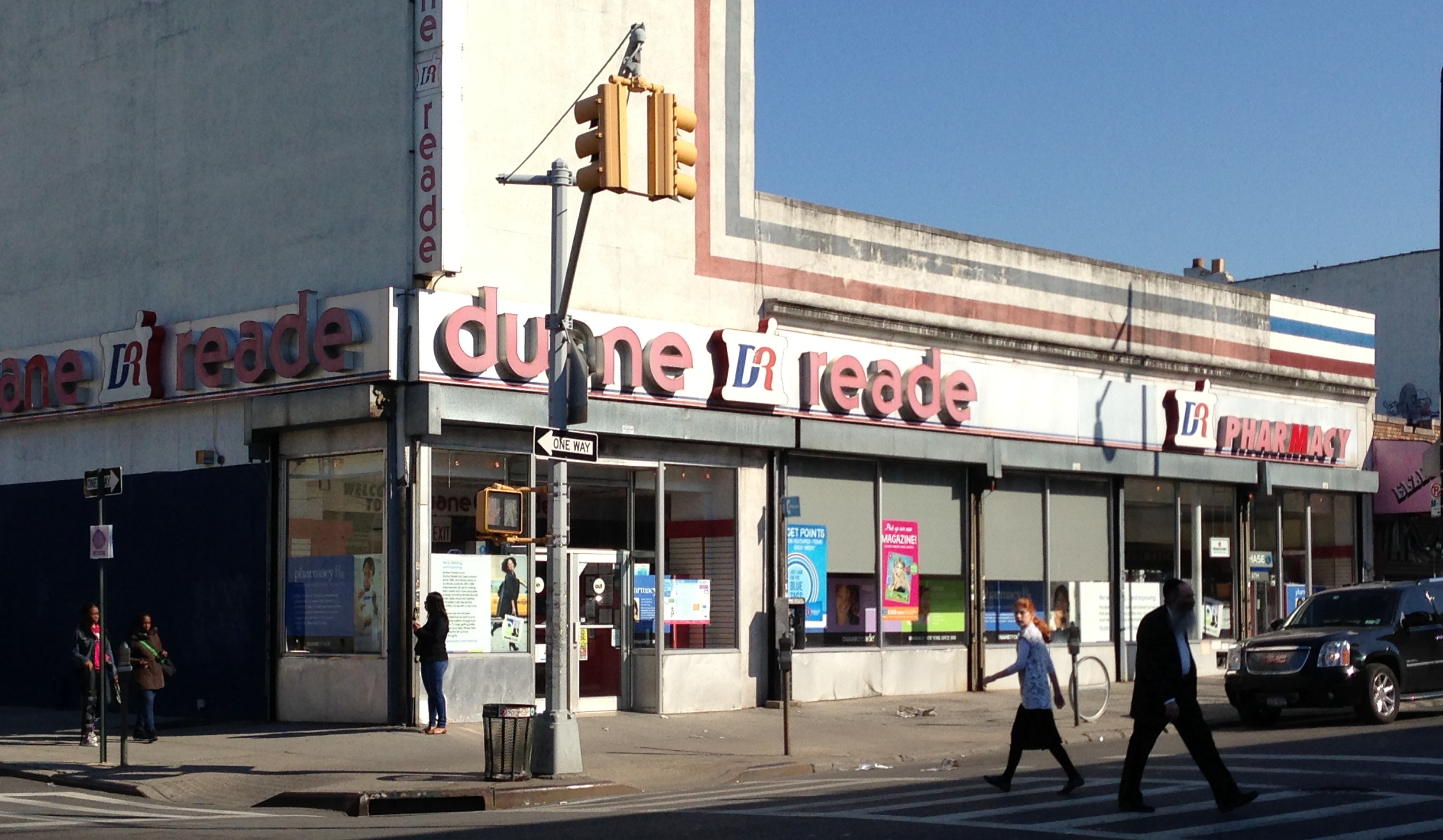

took over the chain until his retirement. By 1934, Walgreens was operating in 30 states with 601 stores. The stock market crash in October 1929 and the subsequent Great Depression did not greatly affect the company. This expansion partly was attributed to selling prescribed alcohol, mainly whiskey, which Walgreen often stocked under the counter, as accounted in Daniel Okrent's Last Call: The Rise and Fall of Prohibition. By 1930, it had 397 stores with annual sales of US$4,000,000. Walgreens had also expanded by then into Minnesota, Missouri, and Wisconsin. In the mid-1920s, there were 44 stores with annual sales of $1,200,000 combined. The next year, Walgreen began opening stores away from residential areas. In 1922, the company introduced a malted milkshake, which led to its establishing ice cream manufacturing plants.

Although alcohol was illegal, prescription whiskey was available and sold by Walgreens. As a result of alcohol prohibition, the 1920s were a successful time for Walgreens. By 1919, there were 20 stores in the chain. It opened its fifth in 1915 and four more in 1916. By 1913, Walgreens had grown to four stores on Chicago's South Side. Walgreens began in 1901, with a small food front store on the corner of Bowen and Cottage Grove Avenues in Chicago, owned by Dixon, Illinois native Charles R. Early "Walgreen Drugs" sign still in use in San Antonio, Texas


 0 kommentar(er)
0 kommentar(er)
